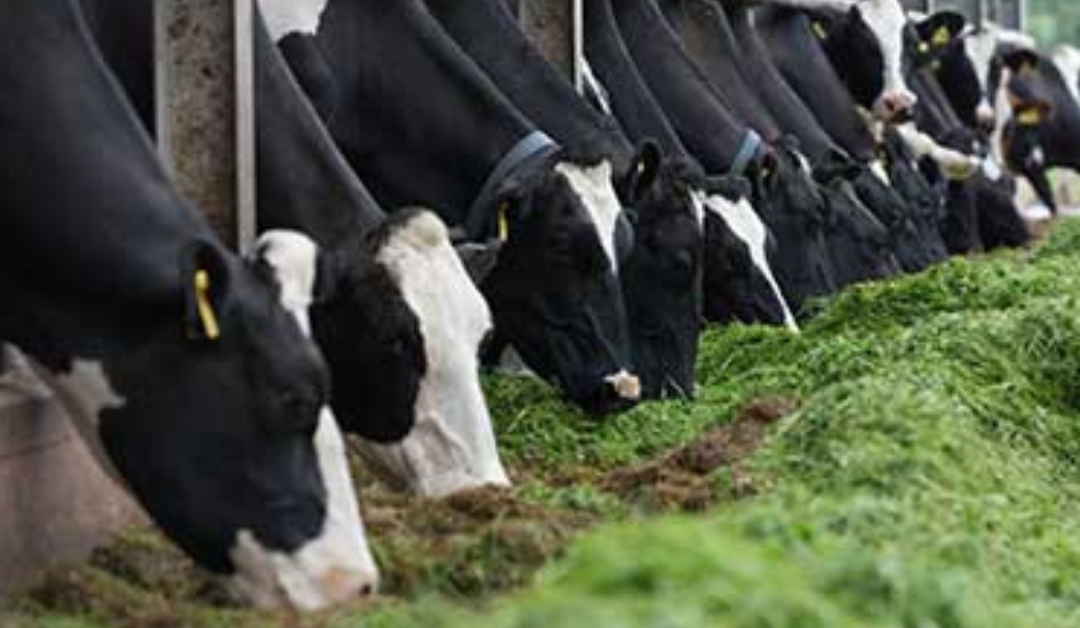Prevention of metabolic issues next spring will hinge around management decisions that will be made over the next number of weeks. When costs associated with clinical cases are assessed alongside the time and labour involved in such cases, prevention is always better than cure.
BCS
It is always best practise to dry off cows at, or very close to same condition that she should calve down in (Target BCS 3.0 – 3.25). Therefore, the nutrition of the dry cow should just maintain condition over the 60-day dry period (Thin cows should be dried off early to allow for recouperation of condition). Over-conditioned cows at calving are also problematic. Therefore, cows should be condition scored prior to dry off, which may result in grouping cows accordingly where large variation in the herd arises.
Silage quality – the decision factor
Feed plans for the dry cow will centre around what quality silage is available. High quality silage will need dilution to avoid over-conditioning or where quality is very low, some level of energy supplementation will be required. Testing dry cow silage and assessing how much silage reserve is available will paint a clear picture of what feed requirements will be. Where issues around calving occurred last spring, it is worthwhile also testing silage for mineral analysis to highlight any precursors – such as high potassium/ K%.
Dry Cow Mineral Provision
Feeding a dry cow mineral throughout the dry period is essential to build up mineral reserves and allow the cow to calve down without issue. Most Irish silages lack the required mineral levels to get the cow through the dry period, lending to the provision of a high-quality mineral supplement to avoid metabolic disease risks. High K levels in Irish silages is also a running trend, which will require a high level of soluble magnesium to help overcome the risk of milk fever. Research indicates a single case of Milk Fever is estimated to cost ~ €312; with sub-clinical cases estimated to cost a herd >€100/case.
In a high-quality dry cow mineral pack we should be looking for a high inclusion of a highly soluble source of magnesium, which should also be coupled with a complimentary inclusion of Phosphorus, a high inclusion of chelated/protected trace elements to overcome antagonists, and a strong all round vitamin pack (A, D3 & E).
For tailored dry cow mineral advice, get in touch with your local Agritech Sales Advisor here.


